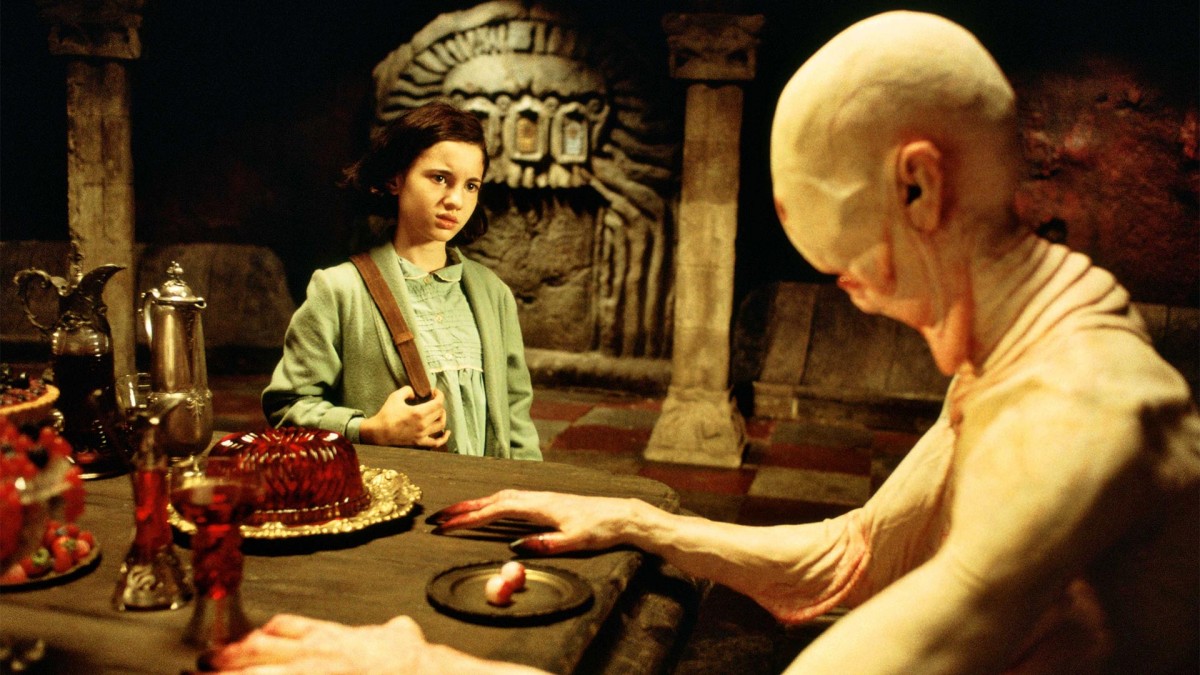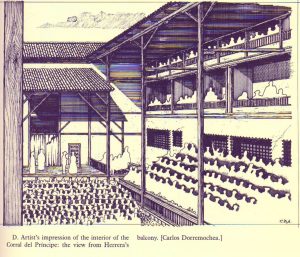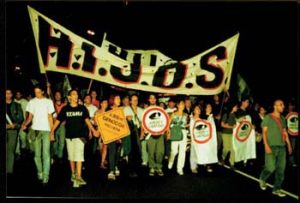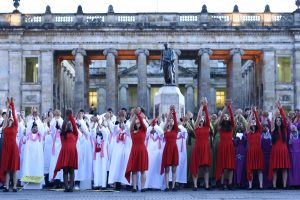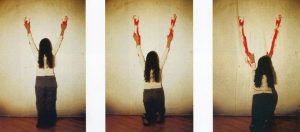Thank you Jan-Mar for prompting discussion last week. Your blogposts were terrific!
This week we are going to continue our discussion about performance, adding one new term to the mix: performativity. Tomorrow we are going to bring up for discussion the main arguments of Diana Taylor’s chapters “The New Uses of Performance,” “Performative and Performativity,” “Knowing Through Performance,” and “Artivists (Artist-Activists).” I would like for Kyle to take the first one, Jan-Mar the second, and Abram, the third. With the concepts and arguments from those three chapters, we will put our heads together to discuss arts and activism, as Taylor presents in the fourth chapter. For instance, how can simulated environments and scenarios used to treat PTSD be used further to deactivate militarism? What role does performance play in such activist proposal?
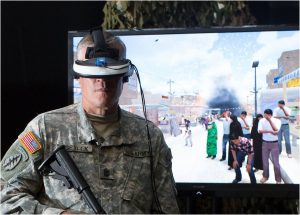
Please, come to class prepared to present for five minutes what is the central argument (or what are the main arguments) brought forth by Taylor in the respectively assigned chapters. Think how do new uses of performance relate to performance and performativity (an urgently needed connection in this day and age), and how in turn those connections contribute to knowing through performance. With that network of knowledge, we’ll return to H.I.J.O.S. and their installations.
By Saturday at 5pm, I would like for you to choose one of these connections, and to think of how that connection mobilizes both art and activism.
